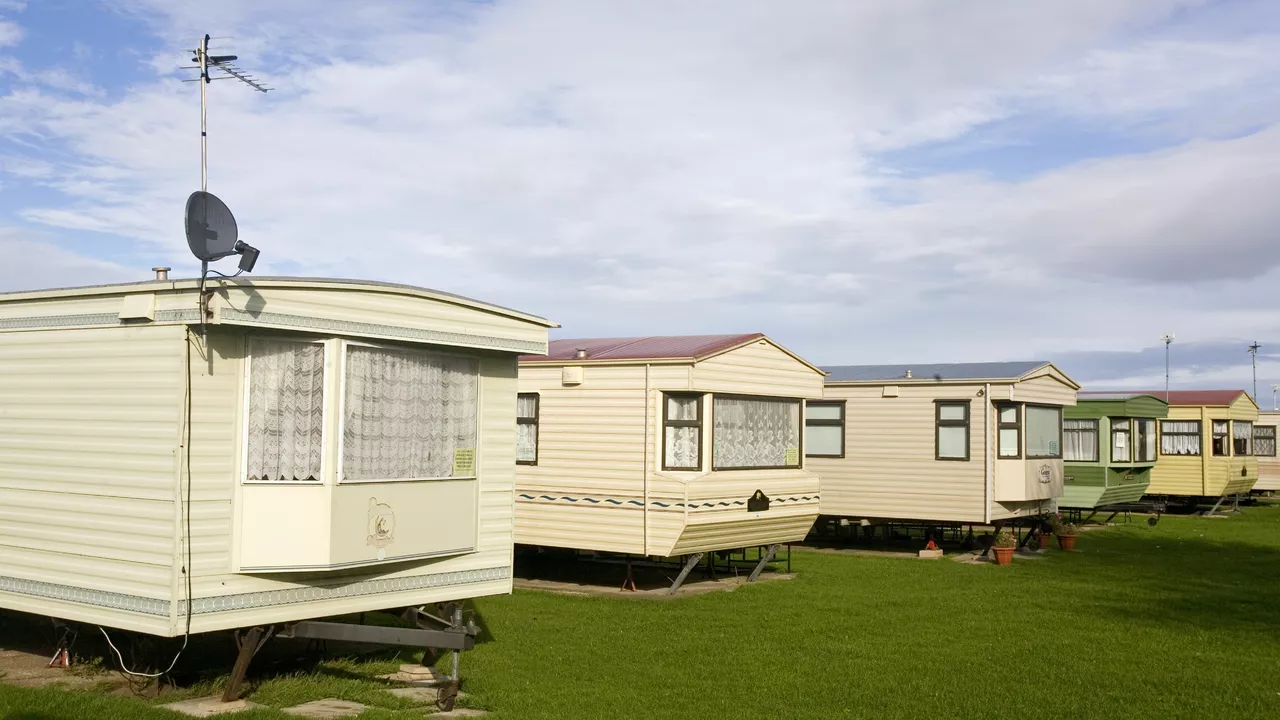Understanding Mobile Home Roofing
Before we delve into the various mobile home roofing options, it's crucial to understand what mobile home roofing really entails. Mobile homes, also known as manufactured homes, are built in factories and later transported to the desired location. The roofing of these homes is designed to withstand the rigors of transportation and the elements. However, after some time, the roofing might need replacement or upgrade, and that's where the following options come into play.
Traditional Shingle Roofing
Shingle roofing is probably the most conventional type of mobile home roofing. It's a popular choice due to its durability and affordability. Shingles can be made from various materials, including asphalt, wood, metal, plastic, and composite materials. Each of these materials carries their unique pros and cons, but generally, shingles are known to last up to 20 years. Additionally, they come in various colors, textures, and styles, giving homeowners a range of aesthetic choices to suit their personal preferences.
Metal Roofing
Another excellent option for mobile home roofing is metal. Metal roofs are known for their longevity, with some lasting up to 50 years. They are incredibly durable, withstand harsh weather conditions, and require minimal maintenance. Moreover, metal roofs are energy-efficient as they reflect heat instead of absorbing it, which can significantly reduce cooling costs during hot summer months.
Standing Seam Metal Roofing
One type of metal roofing that stands out is the standing seam metal roofing. This type of roofing is made up of vertical panels with two seams per panel that stand up vertically. The seams are raised to prevent water penetration, making them an excellent choice for areas that experience heavy rainfall.
Flat Roofing
Flat roofing is another option for mobile homes. While not actually completely flat—they are slightly inclined to allow water runoff—they offer a unique aesthetic that many homeowners appreciate. Flat roofs can be made from different materials, including rubber, PVC, or TPO, all of which are known for their durability and water resistance. However, they require more maintenance than pitched roofs and need to be regularly cleared of debris and water to prevent damage.
Rubber Roofing
Rubber roofing, specifically EPDM (ethylene propylene diene terpolymer), is a popular choice for mobile homes due to its durability and ease of installation. It's a cost-effective option that provides excellent protection against UV rays and harsh weather conditions. Its black color can, however, attract heat, but this can be mitigated by applying a reflective coating that helps to keep the home cool.
TPO Roofing
Thermoplastic Olefin (TPO) roofing is a single-ply roofing system that's becoming increasingly popular in mobile homes. It's made from a blend of polypropylene and ethylene-propylene rubber, offering the benefits of both rubber and plastic roofs. TPO roofs are highly resistant to UV rays, flexible, and can withstand extreme weather conditions. Additionally, they are energy-efficient and come in a variety of colors to suit different aesthetic preferences.
Green Roofing
If you're environmentally conscious, you might want to consider green roofing. This type of roofing involves the installation of a layer of vegetation over a waterproof membrane. Not only does it provide excellent insulation, but it also helps to reduce the urban heat island effect, improves air quality, and provides an attractive, natural aesthetic. However, it does require more maintenance than other roofing options, and it's essential to ensure that the roof can support the extra weight of the vegetation.

